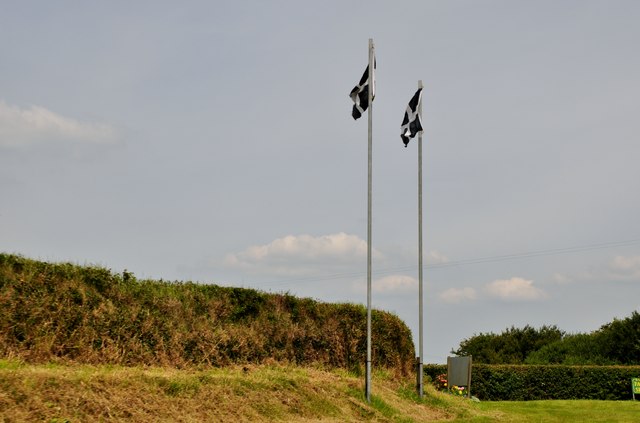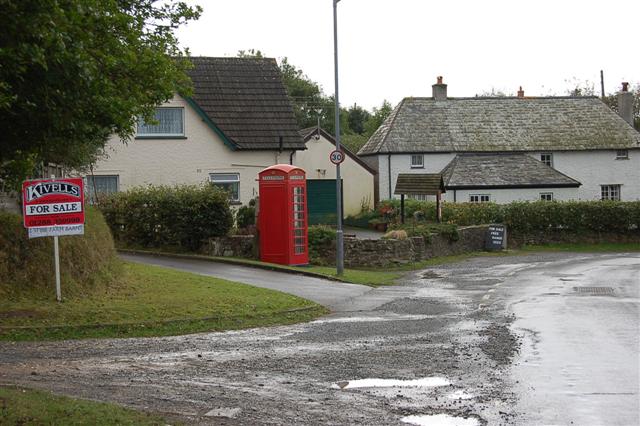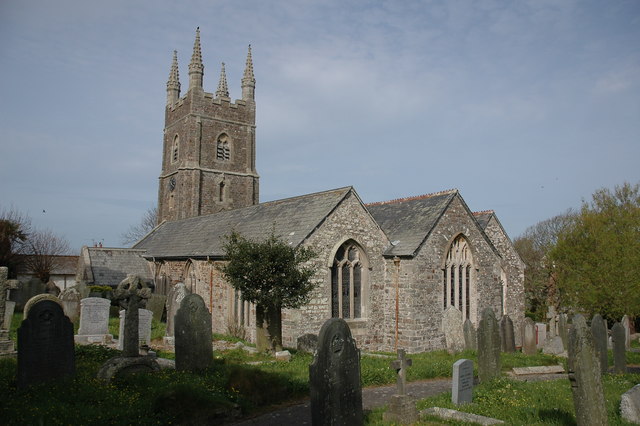Barnacott Wood
Wood, Forest in Cornwall
England
Barnacott Wood
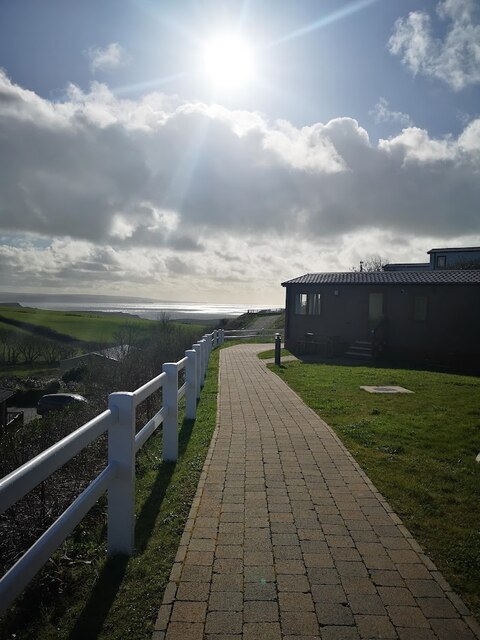
Barnacott Wood, located in Cornwall, is a picturesque forest that offers a serene and enchanting escape for nature enthusiasts. Covering an area of approximately 200 acres, this wood is a haven for wildlife and a popular destination for hikers, walkers, and birdwatchers.
The wood is characterized by a diverse range of tree species, including oak, beech, ash, and hazel, which create a stunning canopy overhead. The forest floor is adorned with a carpet of bluebells during the spring, adding a touch of color and beauty to the landscape.
Tranquil pathways wind through the wood, leading visitors on a journey of discovery and exploration. The well-maintained trails offer a combination of easy strolls and more challenging hikes, catering to all levels of fitness and ability.
Barnacott Wood is home to a variety of wildlife, making it a paradise for nature lovers. Birdwatchers can spot species such as woodpeckers, nuthatches, and tawny owls, while lucky visitors may even catch a glimpse of deer or foxes roaming through the trees.
The wood also boasts a picnic area, where visitors can relax and enjoy a meal amidst the serene surroundings. Additionally, educational boards and signs provide information about the local flora and fauna, enhancing the visitor experience.
Barnacott Wood, with its breathtaking scenery and abundant wildlife, offers a peaceful refuge from the hustle and bustle of everyday life. It is a place where one can reconnect with nature and experience the tranquility and beauty of Cornwall's woodlands.
If you have any feedback on the listing, please let us know in the comments section below.
Barnacott Wood Images
Images are sourced within 2km of 50.855732/-4.5170383 or Grid Reference SS2209. Thanks to Geograph Open Source API. All images are credited.


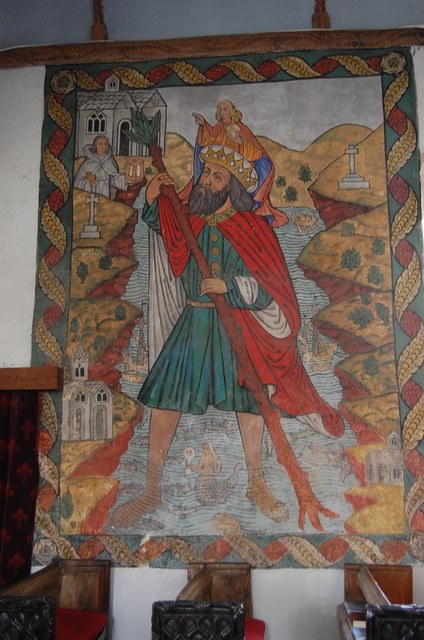

Barnacott Wood is located at Grid Ref: SS2209 (Lat: 50.855732, Lng: -4.5170383)
Unitary Authority: Cornwall
Police Authority: Devon and Cornwall
What 3 Words
///comical.bake.eased. Near Flexbury, Cornwall
Nearby Locations
Related Wikis
Stratton Rural District
Stratton Rural District was a local government division of Cornwall in England, UK, between 1894 and 1974. Established under the Local Government Act 1894...
Northcott, Cornwall
Northcott is a hamlet in Cornwall, England. Northcott is north of Bude and on the coast close to Northcott Mouth. == References ==
Stibb
Stibb (Cornish: Stok) is a hamlet near Bude in Cornwall, England, United Kingdom.Stibb lies within the Cornwall Area of Outstanding Natural Beauty (AONB...
St Olaf's Church, Poughill
St Olaf's Church is a Church of England parish church in Poughill, Bude, Cornwall. It is a Grade I listed building. == History == The font dates to the...
Nearby Amenities
Located within 500m of 50.855732,-4.5170383Have you been to Barnacott Wood?
Leave your review of Barnacott Wood below (or comments, questions and feedback).




